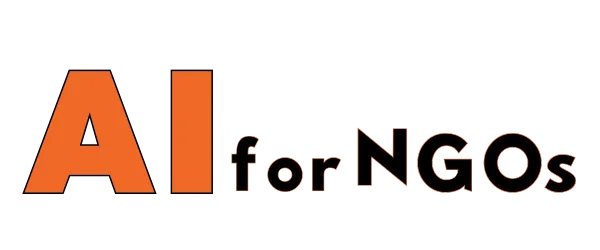Government’s Vision
The government of India is committed to ensuring that the country remains polio-free. This entails not only sustaining the progress made in eradicating polio but also utilizing the expertise and resources developed during this process to strengthen other health initiatives.
Key Objectives
The key objectives of India’s polio transition include:
- Ensuring essential immunization coverage for all children
- Improving disease surveillance capabilities
- Enhancing emergency preparedness and response mechanisms
Essential Immunization
One of the main priorities post-polio eradication is to ensure that all children receive essential immunizations. This includes vaccines for diseases such as measles, rubella, tuberculosis, and hepatitis, among others. By maintaining high levels of immunization coverage, India can prevent outbreaks of various vaccine-preventable diseases.
Disease Surveillance
Effective disease surveillance is crucial for monitoring and detecting outbreaks of infectious diseases. The network established for polio eradication can be leveraged to enhance disease surveillance capabilities in India. By strengthening surveillance systems, the country can respond more effectively to public health threats.
Emergency Preparedness and Response
India’s experience in managing the polio campaign has equipped the country with valuable skills in emergency preparedness and response. By integrating these lessons into the healthcare system, India can better handle public health emergencies, natural disasters, and other crisis situations.
Challenges and Opportunities
While India has made significant progress in eradicating polio, there are still challenges to overcome. These include reaching remote and marginalized populations, maintaining high immunization coverage rates, and sustaining the commitment of healthcare workers and communities. However, these challenges also present opportunities to innovate and strengthen the healthcare system.
Conclusion
India’s journey towards polio eradication has been a remarkable success story. By transitioning from a polio-focused approach to a broader health agenda, India can build on this success and address other public health challenges. The government’s vision to leverage the polio network for essential immunization, disease surveillance, and emergency preparedness is a strategic move that can benefit the health and well-being of all Indians.
FAQ
Q: What are the key objectives of India’s polio transition?
A: The key objectives include ensuring essential immunization coverage, improving disease surveillance capabilities, and enhancing emergency preparedness.
Q: Why is disease surveillance important post-polio eradication?
A: Effective disease surveillance helps monitor and detect outbreaks of infectious diseases, aiding in a prompt public health response.
Q: What challenges and opportunities does India face in its transition from polio?
A: Challenges include reaching remote populations and sustaining healthcare worker commitment, while opportunities lie in innovation and healthcare system strengthening.









